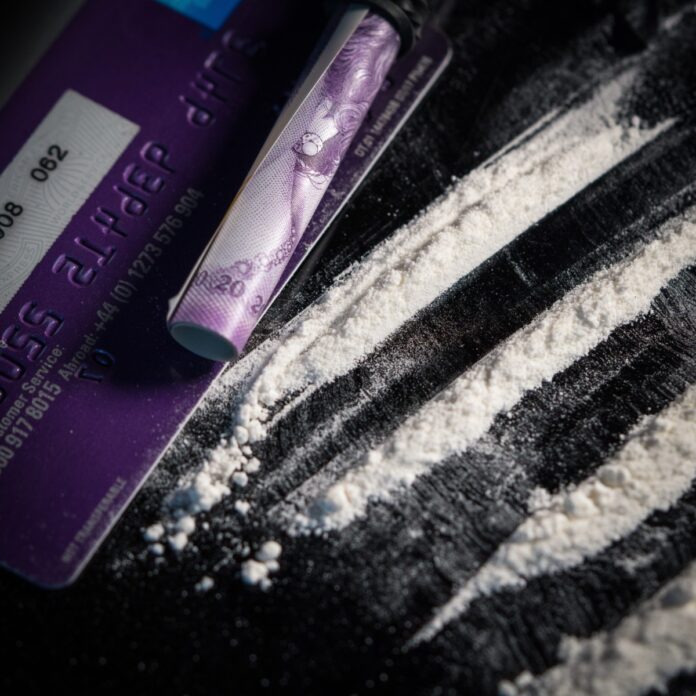The BC Coroners Service says there were four suspected illicit drug deaths in the Cariboo-Chilcotin region through April of this year, which includes Williams Lake.
There have been two in 100 Mile House which is the same number recorded for all of 2022, and one in Quesnel.
The Cariboo-Chilcotin’s illicit drug death rate of 45.4 people per 100,000 is actually down slightly from 2022 when there were 17 suspected overdoses in total.
100 Mile’s is up significantly from 12.7 to 37.8, and Quesnel’s illicit drug death rate is down from 28.9 in 2022 to 12.3.
According to the data, 206 people passed away from an unregulated drug death in BC last month, which is up 4 percent from March and equates to 6.9 people per day.
“Illicit fentanyl continues to be the main and most lethal driver of B.C.’s drug-toxicity public-health emergency, having been detected in 86% of deaths in 2022 and 79% of deaths in 2023,” said Lisa Lapointe, chief coroner. “Cocaine, methamphetamines and/or benzodiazepines are also often present. This drug poisoning crisis is the direct result of an unregulated drug market. Members of our communities are dying because non-prescribed, non-pharmaceutical fentanyl is poisoning them on an unprecedented scale.”
Fentanyl has been detected in 79% of all drug poisoning deaths in 2023.
So far this year, 814 people have lost their lives due to the toxic drug supply – 70% of those deaths are between the ages of 30 and 59.
The 40-49 age grouping has the highest unregulated drug death rate in BC at 84.2 followed by those aged 50-59 (76.8).
Last year 2,340 residents passed away from illicit drug overdoses, making it the deadliest year on record.
Unregulated drug toxicity continues to be the leading cause of unnatural death in British Columbia, accounting for more deaths than homicides, suicides, motor vehicle incidents, drownings, and fire-related deaths combined.
Something going on in the Cariboo you think people should know about?
Send us a news tip by emailing [email protected].








